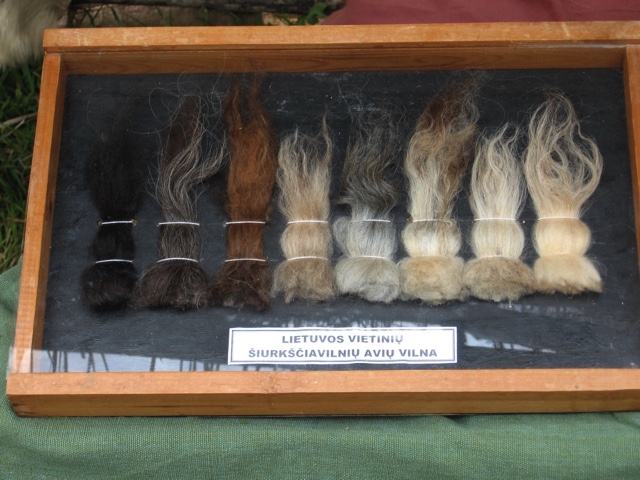
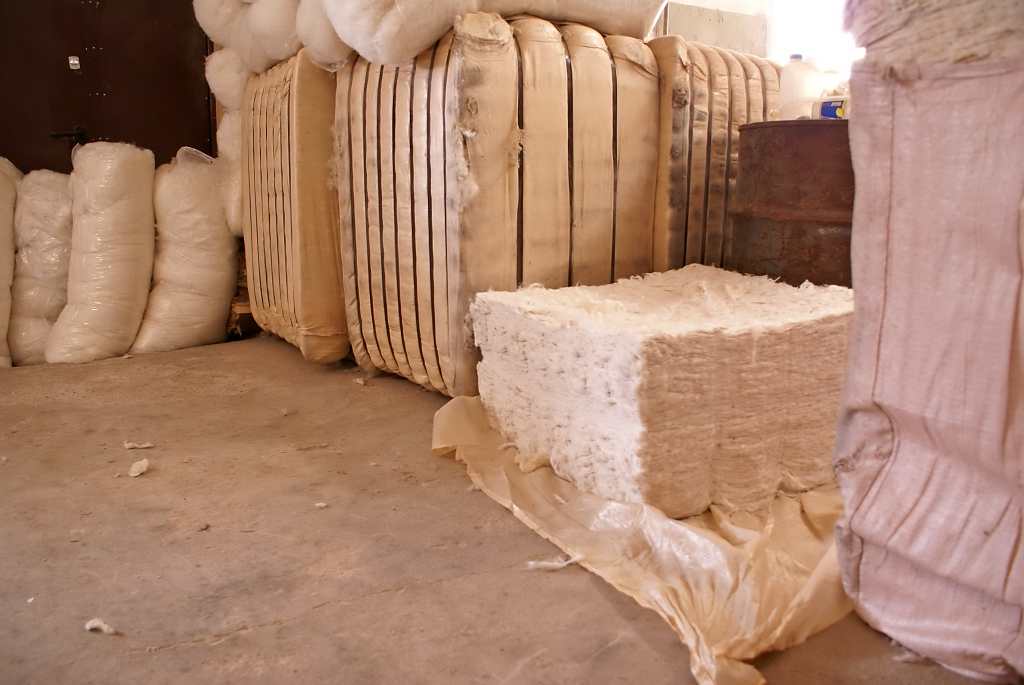
Svis ir Vilna
Wool has always been a vital part of Lithuanian life and holds special significance given the cold Lithuanian winters. From its role in daily life to its rich traditions of sheep farming, fiber processing, and crafts such as felting, weaving, and knitting, wool has a long historical and cultural importance in Lithuania.
Historically, wool was used in the creation of nearly every piece of clothing and household item in Lithuania, particularly for warmth during the long winters. Traditional garments, such as shawls, skirts, and coats, were often made from wool. While some lighter items like blouses might have been made from linen, wool was the preferred material for outerwear, blankets, and winter accessories.
The ability to dye wool easily with natural plant dyes also made it a favored fiber in Lithuanian craftwork. Unlike linen, which was harder to dye, wool can be transformed into a variety of colors using local plants, making it more versatile for both everyday and holiday wear.
Lithuanian Sheep Breeds
- The Lithuanian Coarse Wool Sheep is one of the oldest breeds, historically used for a wide range of traditional projects, including textile production. The preservation of this breed was legally required as early as 1922, although its population faced challenges during Soviet times.
- The Lithuanian Blackface Sheep is a cross between the Lithuanian Coarse Wool and German Blackface breeds. While the wool remains coarse, it is prized for its variety of natural colors—ranging from cream to brown to gray—that allow for the creation of textiles without needing to dye the fibers.
- The third breed, the Skudde Sheep, is an ancient northern European variety indigenous to the Baltic States and Prussia. Once considered an old-fashioned breed, Scudde sheep are also being reintroduced on farms in Lithuania.
Finished Products
After the sheep are sheared, the wool is cleaned through a process known as scouring. This involves removing lanolin, dirt, and any plant matter from the fleece. After scouring, the wool is carded to straighten out the fiber and remove any remaining plant material.
Traditional carding used hand carders, which resemble dog brushes with large wooden or metal teeth to straighten and smooth out the fibers. Machine carders speed up the work exponentially. In many rural villages, one person would have owned a carding machine, and the whole village would bring their wool to be processed.
After the wool is carded, it is ready to be spun into yarn for weaving or knitting, which can be done on a hand-spindle, a spinning wheel, or an industrial spinning machine.
Tools
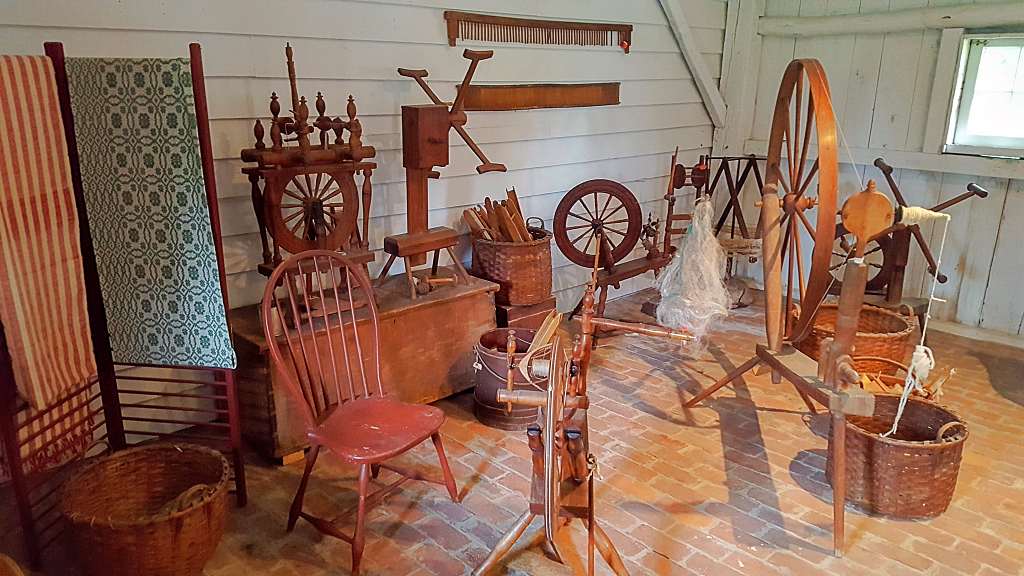
- Spindles consist of a stick with a weight (called the “whorl”) attached to the bottom, which keeps tension on the fiber as it is spun into yarn. These whorls were often made of clay or bone, though rarer examples were crafted from amber. In archaeological sites, where spindles are often found buried with women—symbols of their role in textile production. These ancient spindles offer a glimpse into the daily life of women in Lithuania.
- Spinning wheels are much faster than hand spindles. The shift from spindles to wheels occurred over several generations in Lithuania. By the 19th century, the transition was well underway, although spindles were still seen as a more “professional” tool compared to the faster spinning wheels. For example, older generations would use spindles, while their children adopted spinning wheels for greater efficiency but still used spindles for fine work. However, by the time we reached the granddaughter’s generation, the spindle had largely been replaced by the wheel. Today, both are used more as hobbies or demonstrations of older crafts..
** Want to learn more about Folk Art & Yarn? Become a member of LTFAI.org and get access to our online videos and members area. **
Fiber Mills
There are several spinning mills in Lithuania that have various types of machinery, both antique and modern. Before electricity was available, most mills were powered by water, and today, some of these are being restored for small-scale production in villages.
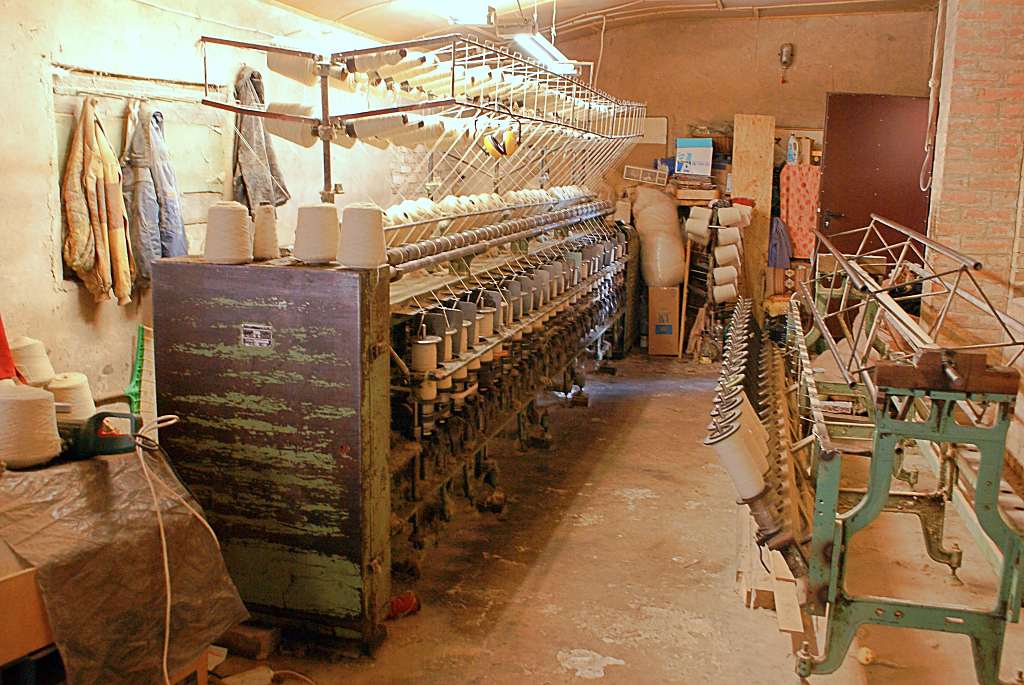
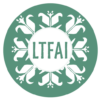
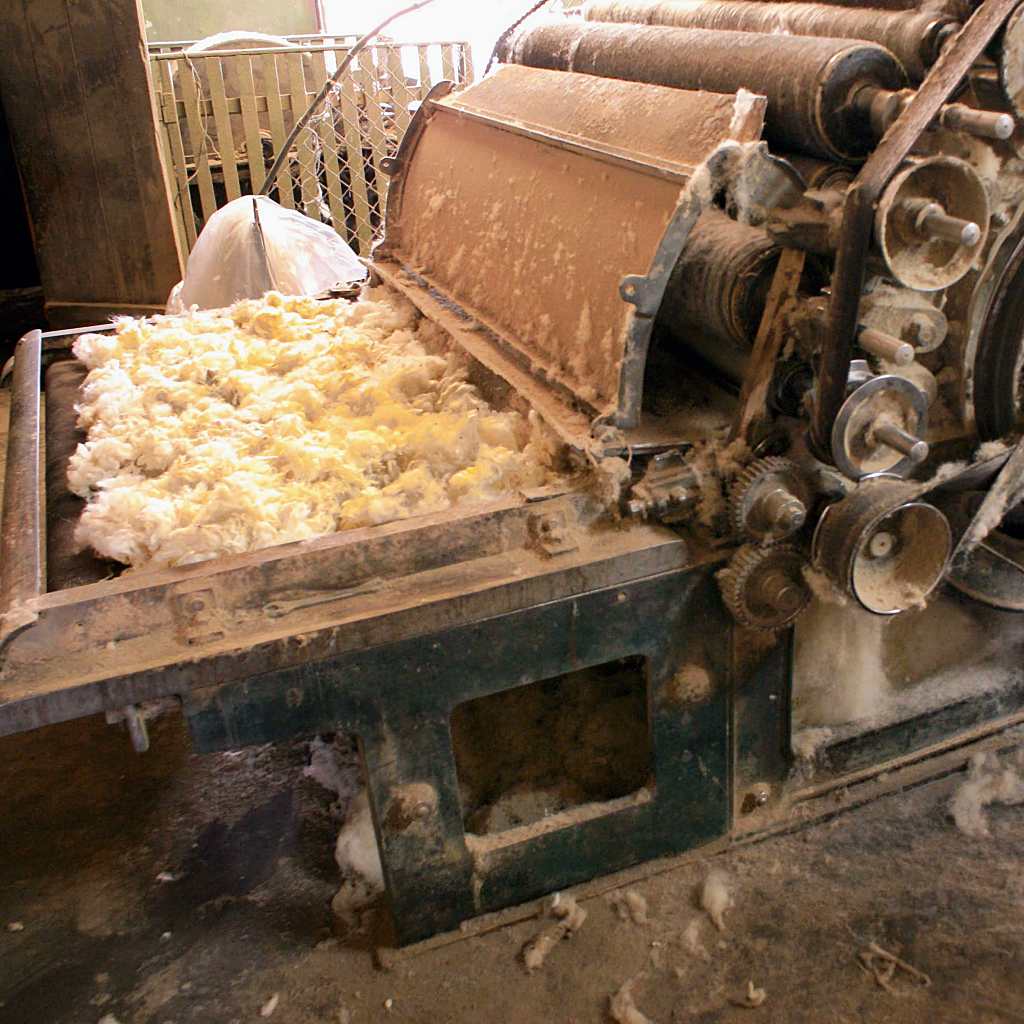
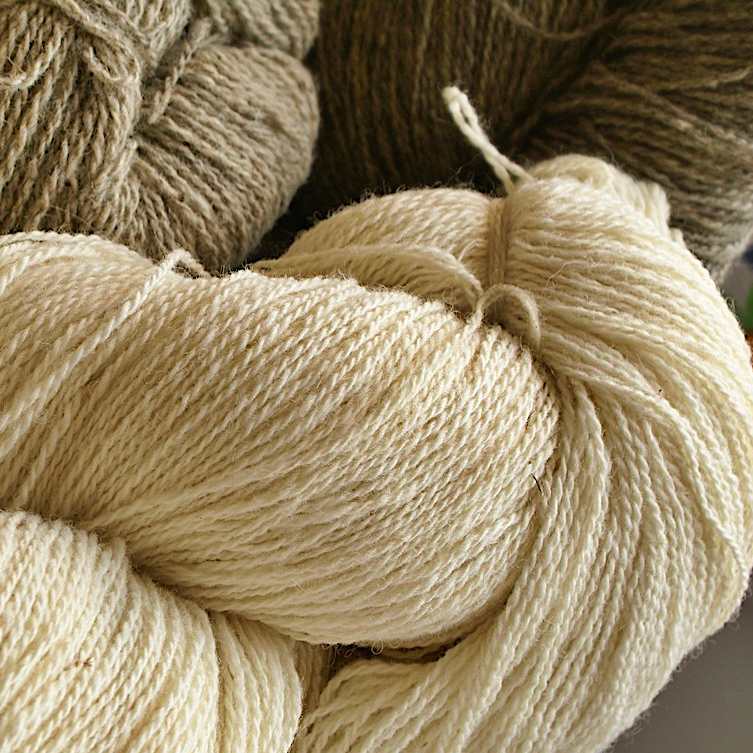
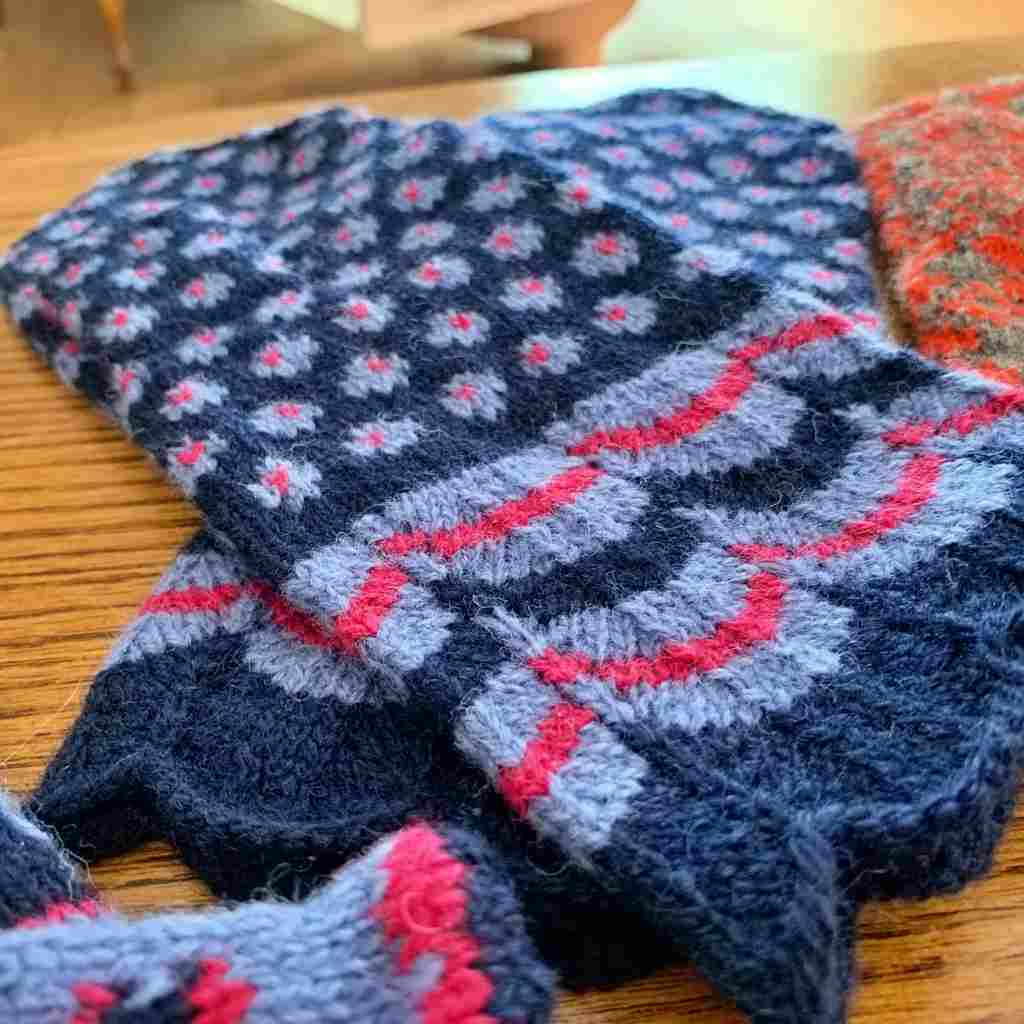
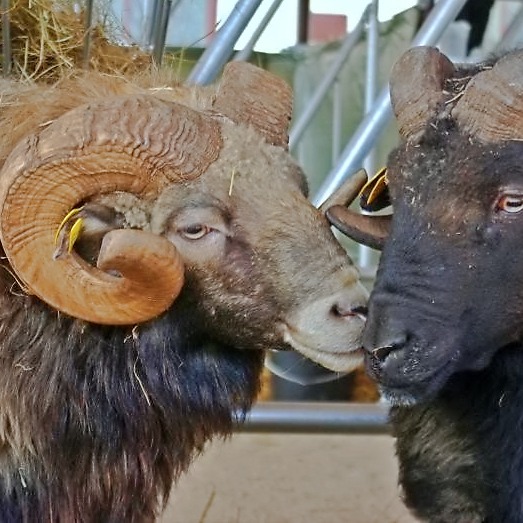
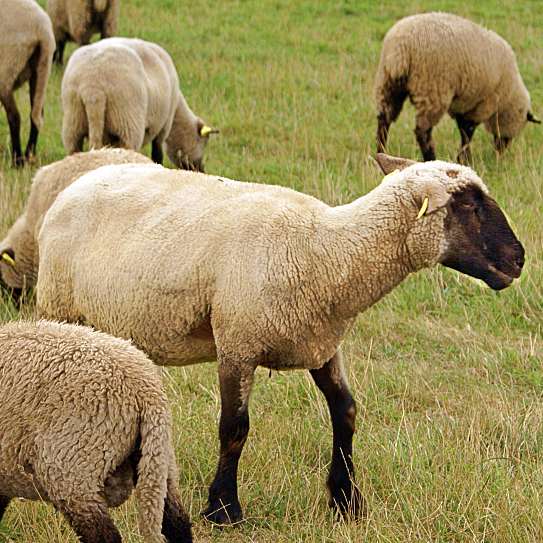
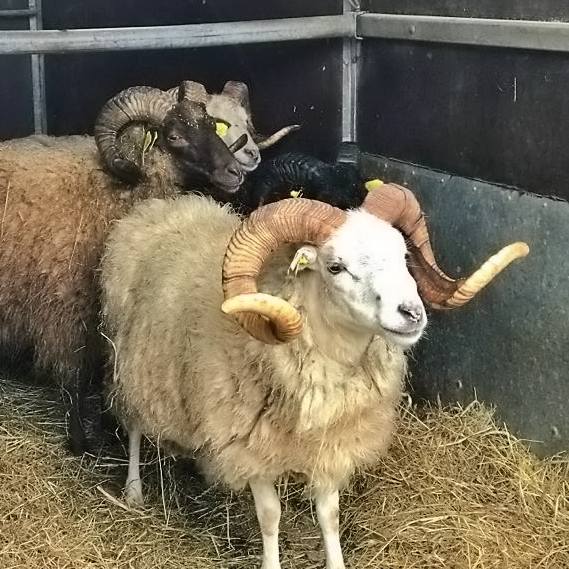
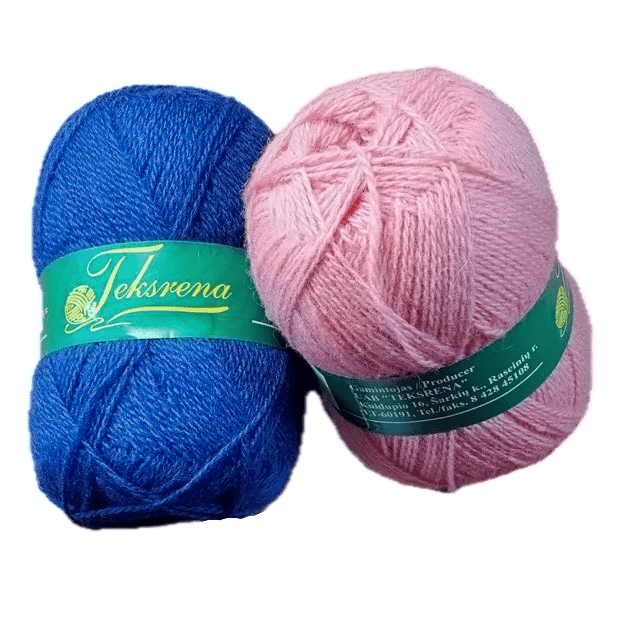
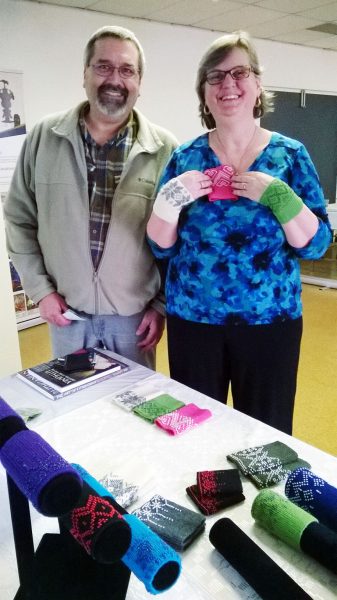 An artisan specializing in knitting. She taught a knitting workshop at the LTFAI AGM several years ago and fell in love with the organization. Not only is she a prolific author of knitting books, with “The Art of Lithuanian Knitting” under her belt, but she’s also the creative genius behind our social media presence.
An artisan specializing in knitting. She taught a knitting workshop at the LTFAI AGM several years ago and fell in love with the organization. Not only is she a prolific author of knitting books, with “The Art of Lithuanian Knitting” under her belt, but she’s also the creative genius behind our social media presence.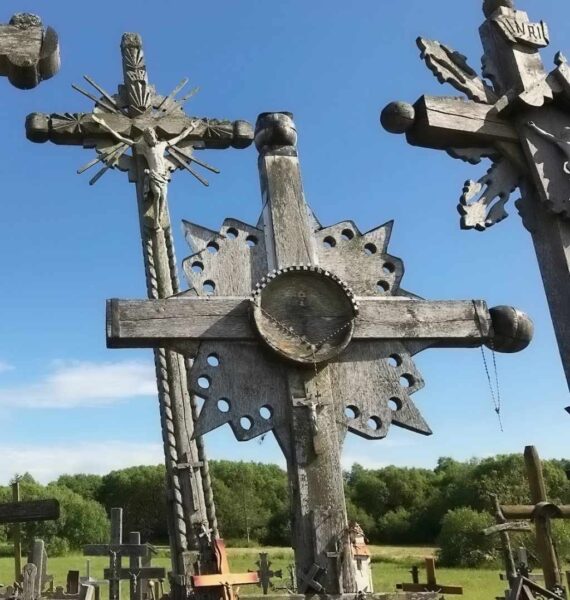
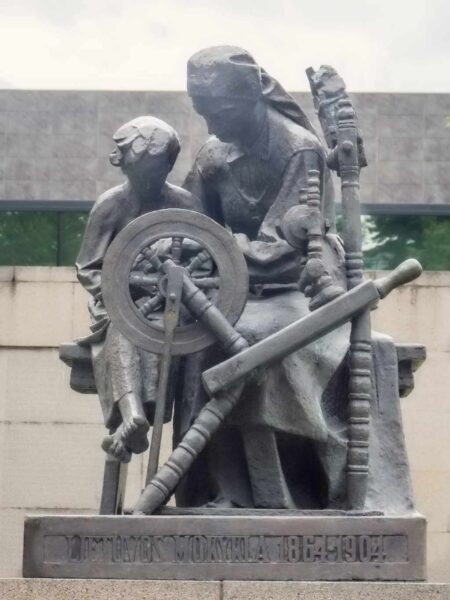
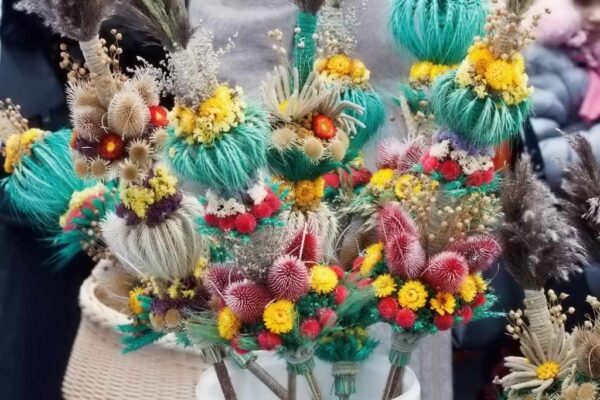
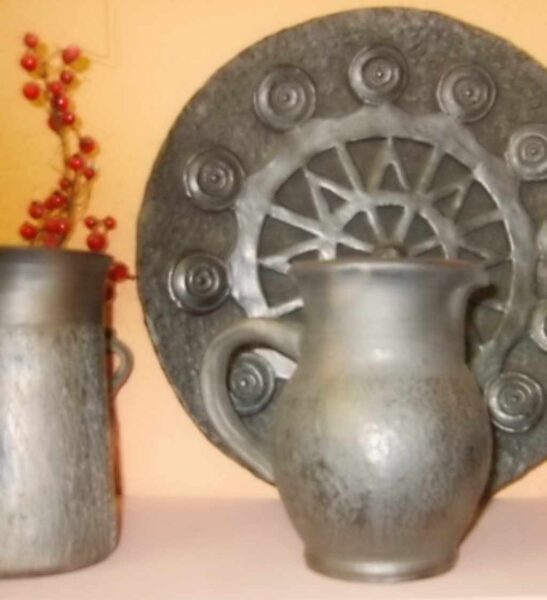
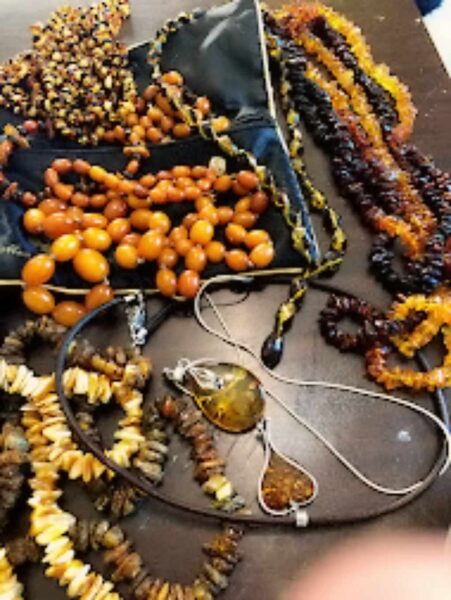
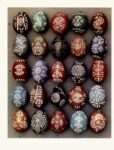

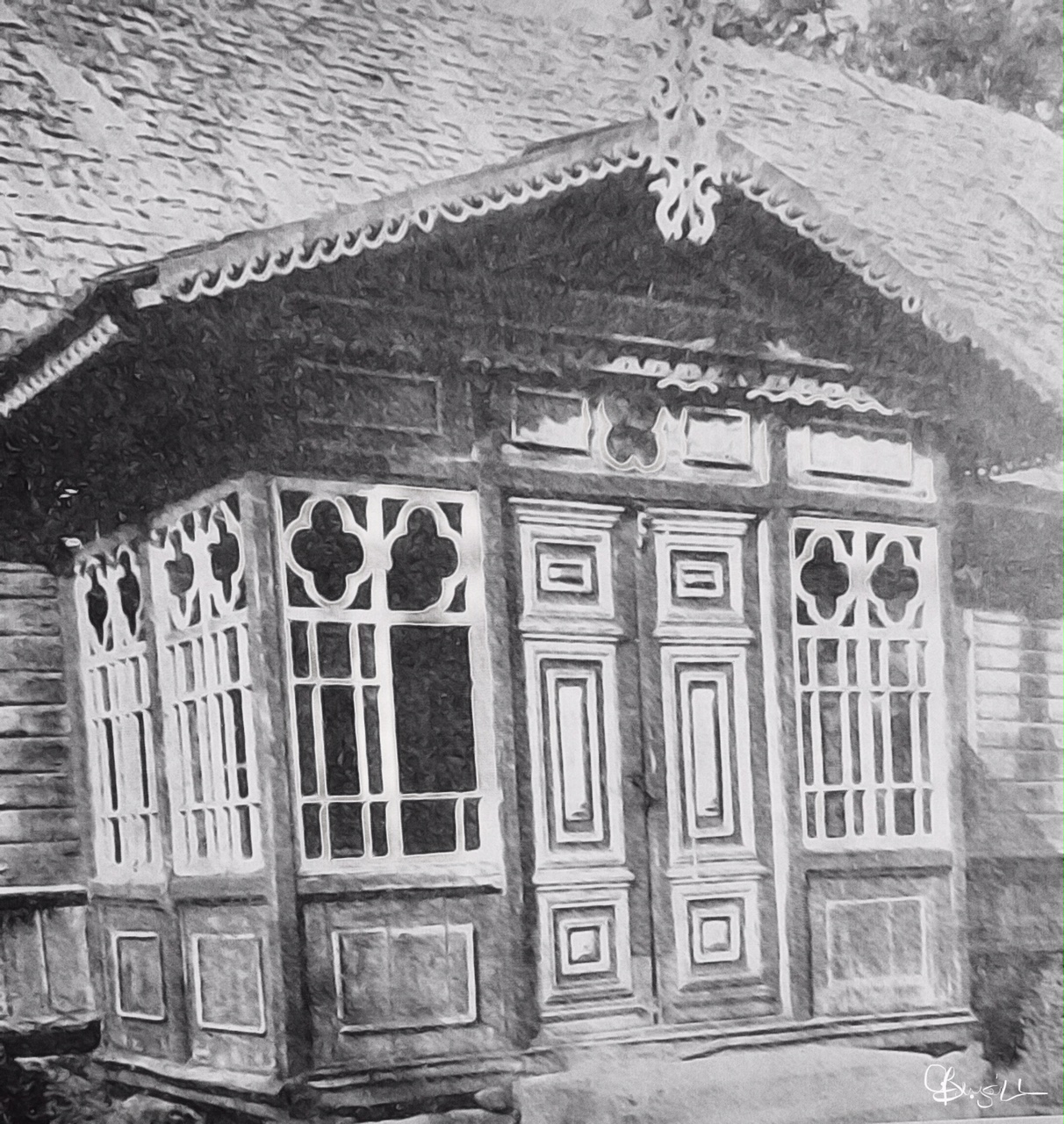
 Ramune is a translator and editor, who worked with the Canadian Lithuanian Weekly Tėviškės žiburiai as managing editor for over 20 years.
Ramune is a translator and editor, who worked with the Canadian Lithuanian Weekly Tėviškės žiburiai as managing editor for over 20 years.